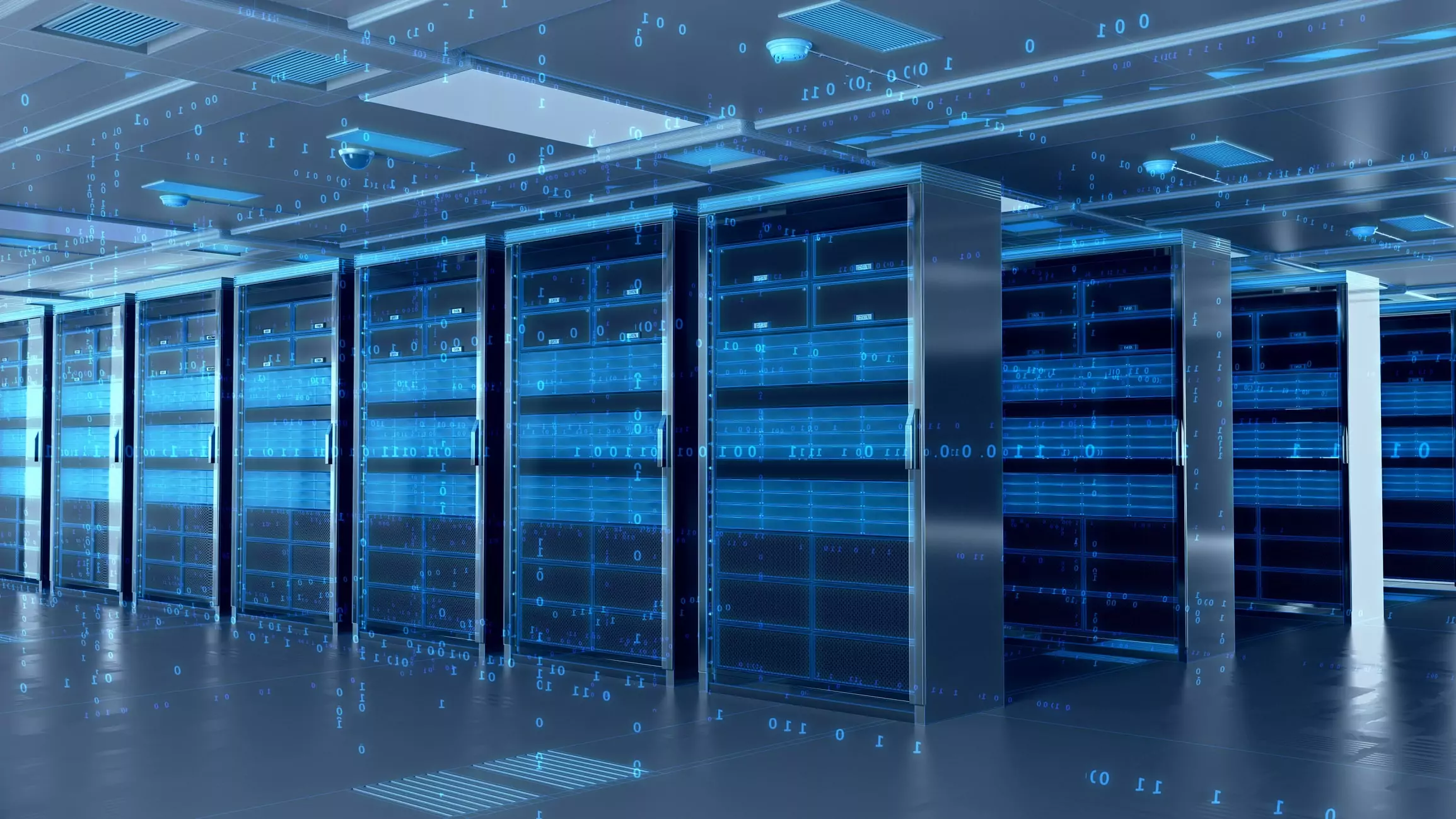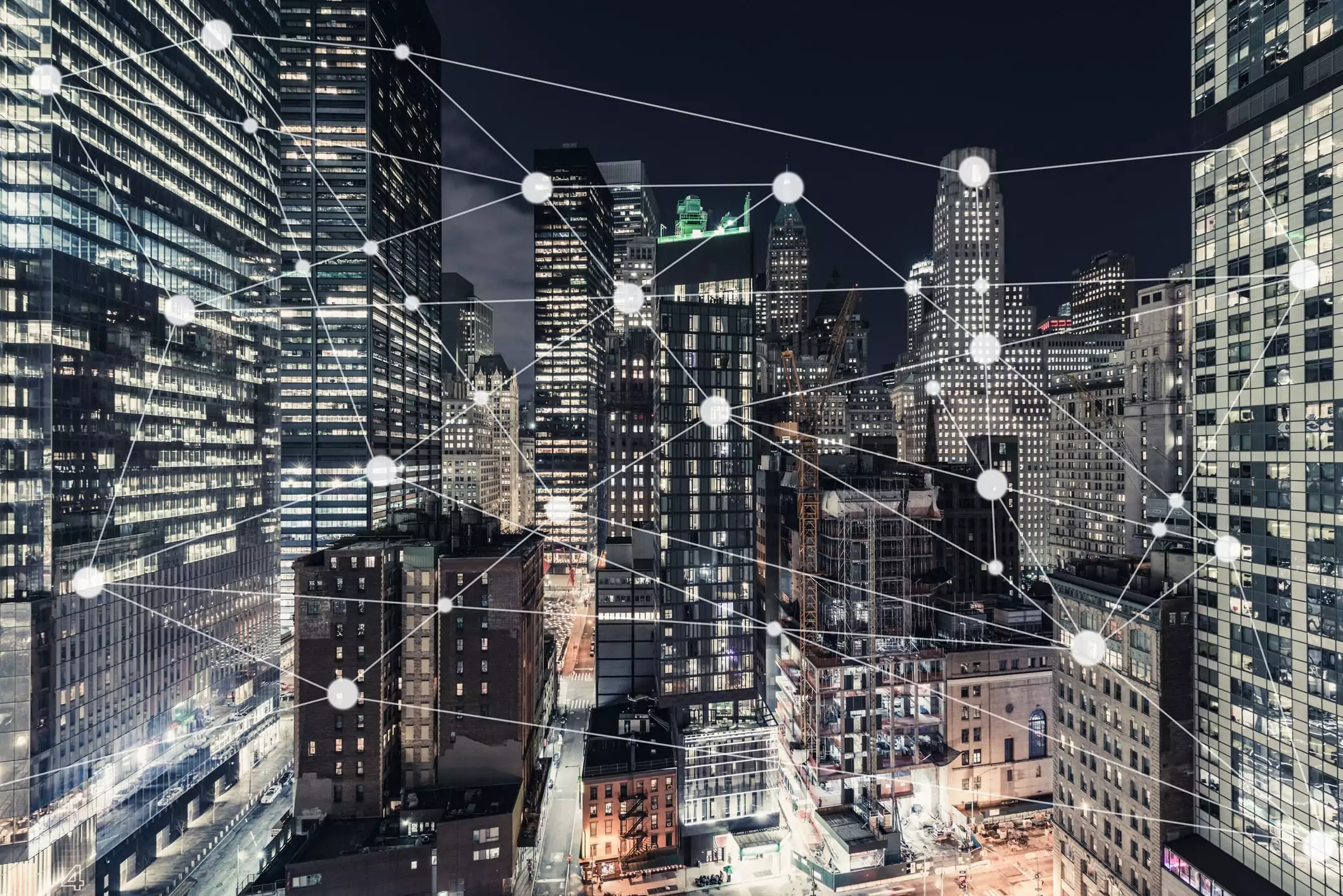Data, Data, and Still More Data
The data genie in the bottle—the need for instant data, anywhere, anytime—has definitely been released, fueled by the tremendous growth in cloud computing, digital media, 5G and the advent of IoT with the number of connected people, devices, and sensors expected to surpass the trillion figure.

This data explosion will place tremendous demands on today’s network and IT infrastructure, according to Gartner’s Maverick Research, becoming the main driver for a new architectural paradigm commonly referred to as ‘edge computing’ that will shift the center of gravity of data production and computing away from central data centers and out to the edge.
With the appetite for data continuing to grow, the demand for instant data is, in many ways, creating a technological revolution. It is changing the computing world—from how people interact with technology, to the basic infrastructure of the computing industry, and to the speed of meeting the storage and processing needs of data demand as it compounds exponentially every minute.
This gravitational shift in data and resulting traffic flows has a tremendous impact on the data center industry.
Latency and performance become the lowest common denominators. The Edge then becomes the lowest latency point of demarcation between service and consumption. This means putting your content as close to the eyeballs as possible; putting your cloud gaming platform as close to the gamers as possible; putting your applications and workloads as close to enterprises as possible; and putting your IoT data aggregation points as close to the sensors as possible.
The service providers that go to the Edge the fastest will be the ones with the differentiated user experience with material benefits in performance gained from that proximity and the added efficiency and economic benefits of being that much closer to their customers.

According to a DataAge 2025 study commissioned by Seagate, trends in 2018 impacting the data center space illustrate how edge computing is transforming the need for data center proximity while putting different demands on facilities to optimize and manage infrastructure by deploying networking solutions that steer the direction, structure, and functionality of data center operations.
Edge computing and SDN-enabled data centers are just some of the trends illustrating the interdependence between data and data centers that safeguard and enable communications. The insatiable demand for content and the ongoing collection of information and data processing of that information is also driving the demand for a new internet, including the need for a more distributed network architecture.
Optimizing the data center and the network infrastructure that enables communications affects the volume, speed, and preferred location of data creation and consumption. Increased data demands already indicate the need for a robust internet infrastructure and instantly accessible data centers, from core to edge to micro edge to support, store and interconnect data – soon from nearly every device.
Transitioning to the Edge Data Center

In a business context, there are numerous scenarios where access to immediate data is crucial—from asset management, process optimization and predictive analytics to the real-time needs of supply chain management in a hyper-connected world.
As a result, industry experts recognize that edge computing is the new computing architecture, supplementing and replacing traditional cloud computing and adding more edge data centers.
The fundamental idea behind edge computing is to distribute computing and storage resources across millions or even billions of different devices and locations to provide the distributed computing support necessary to meet the growing need for digital applications and services. Edge solutions are designed to complement data center and cloud services by serving as a decentralized extension of the campus networks, cellular networks, data center networks or the cloud.
Empowering Data Centers with Edge Computing
According to IDC, the demand for data will continue to escalate in 2019 and the structure for services will change as the industry ebbs and flows with technological advancements. Fueling the demand for data consumption is edge computing.
There are several reasons to define the movement towards distributed edge computing, but they can be simplified into several strategic benefits:
– Speed
– Capacity
– Efficiency
– Cost
– Responsiveness
In another report published by Gartner, edge computing and the distributed architecture it requires will be a necessary solution for all digital businesses by 2022. And 40% of large enterprises will be integrating edge computing principles into their 2021 projects, up from less than one percent in 2017. Edge computing supports a business ecosystem that thrives on fast data and real-time holistic management.
Embracing the Disruption of Edge Computing

Just as the transition from mainframes to PC-based client-server architectures had an enormous impact on the tech industry, the transition from a cloud-based model to an IoT-driven edge computing environment will have a seismic impact and require every business to adapt to accelerating rates of change.
The edge computing world will place more demands on both individual endpoint devices as well as an entire range of new intermediary devices, such as gateways, edge servers, and other new computing elements that are being developed to enable a full edge computing environment. These devices will need significant built-in computing and storage capabilities to handle some applications and workloads.
Edge computing resources will continue to pass along workloads to the cloud, but the long-term goal will be to distribute workloads across many different elements in an edge computing environment.
In an industry of disruption and ever-improving technology, data centers are constantly responding to change and innovation. Disruptive trends are providing increased productivity, agility, value, and data center capabilities.
These trends introduce exciting potential, and now’s the time to consider how edge computing and the future of data centers may affect your data center operations.
